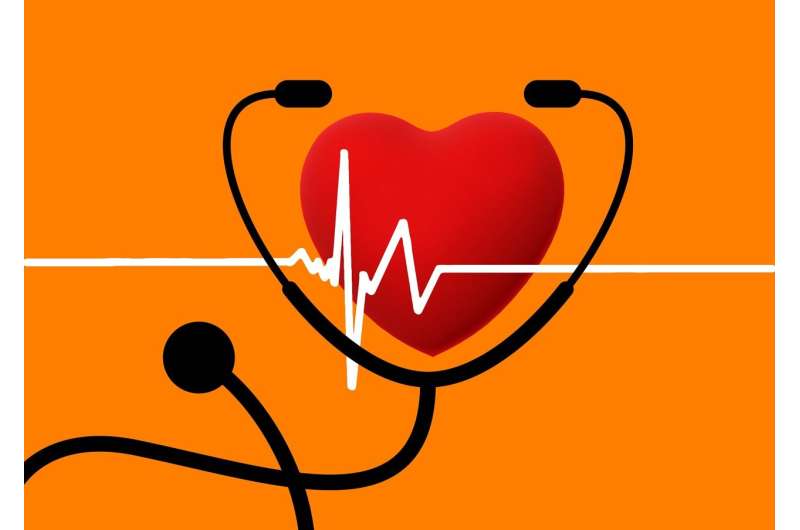This article has been reviewed according to Science X's editorial process and policies. Editors have highlighted the following attributes while ensuring the content's credibility:
fact-checked
trusted source
proofread
Study provides new insight into low social determinants of health screening rates

A new study provides the latest data on the low rates for screening and documenting Social Determinants of Health (SDOH) in health care settings.
SDOHs are a person's social, environmental and economic conditions highly correlated with their health outcomes. This includes unemployment, homelessness and illiteracy, among many other factors. Although SDOHs can contribute to a more comprehensive understanding of a patient's health and inform important policy changes, clinical offices fall short of tracking this information.
To better understand the challenges of tracking social factors, researchers from the University of Colorado Anschutz Medical Campus and Johns Hopkins published new research in Health Affairs Scholar that analyzes the use of Z-codes by code type, setting and patient demographics between Medicaid and commercial insurance beneficiaries. Z-codes are codes used to document SDOH information for patients.
"To better serve a more diverse population, there's a critical need for health care offices to identify and appropriately document social factors impacting a patient's health. However, when the system in place to track social factors is highly underutilized, it showcases a clear issue that needs to be addressed and we're hoping our research can inform ways to do so," said the study's first author Jason Gibbons, Ph.D., assistant professor and a health economist in the Colorado School of Public Health at CU Anschutz.
The researchers found that less than two percent of both Medicaid and commercially insured patients received Z-codes in their records. However, they also found notable differences in the use of the codes between the programs and called attention to important findings:
- Z-code use was more than 50% more prevalent among Medicaid beneficiaries than commercially insured beneficiaries.
- Patients receiving Z-codes in Medicaid were more likely to receive Z-codes indicating economic hardship, while patients with commercial insurance were more likely to receive Z-codes representing issues with social relationships.
- Mental health and psychiatric settings were the most common settings where Z-code use was identified in both programs.
- Medicaid patients were more likely to receive Z-code diagnoses in the inpatient settings, while commercially insured patients were more likely to receive Z-code diagnoses in the outpatient setting.
"We're hoping these results can help with current and future policy efforts to implement programs that address the needs of clinicians to document SDOHs better, whether they see Medicaid and commercially insured patients or both," said Gibbons.
To incentivize and expand Z-code use, the researchers outline recommendations such as broader integration of Z-codes as quality metrics into quality improvement and equity programs being developed by Centers for Medicare & Medicaid Services (CMS) and states through section 1115 waivers, integration of Z-codes into clinical decision support tools and electronic health records systems that prompt providers to ask patients about SDOH and record responses.
Gibbons adds, "We also recommend provider education regarding the importance of accurately capturing patient SDOH and making them a focal point of clinical care wherever possible."
To conduct this study, the researchers evaluated Z-code use using an administrative claims dataset processed by Kythera Labs, a large health care clearinghouse, from 2020–2021. The dataset had 409.7 million Medicaid claims (48.9 million patients) and 2.1 billion commercial claims (203.9 million patients).
The researchers say due to the need for more detailed information on patient and provider characteristics, this study can only explore some desired patient demographics and provider coding behavior, which are important topics for future research.
"Our study reveals a simple reality that warrants attention of health care stakeholders. When we lack money, it contributes to low health status. In a better financial situation, the presence or absence of love plays an important role in our health," concludes author Ge Bai, Ph.D., CPA, professor of accounting and health policy at Johns Hopkins University.
More information: Comparison of Social Determinants of Health in Medicaid vs. Commercial Health Plans, Health Affairs Scholar (2023). DOI: 10.1093/haschl/qxad074. academic.oup.com/haschl/articl … .1093/haschl/qxad074





















